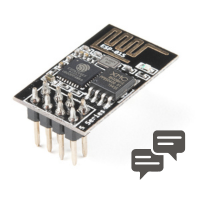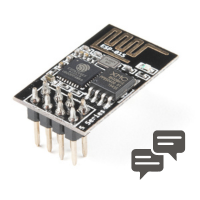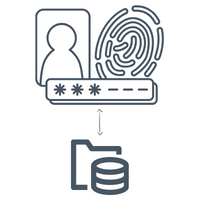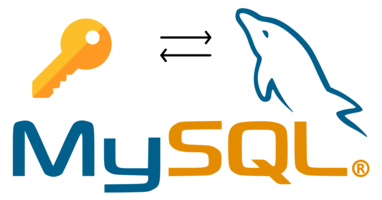Repository cache in Symfony
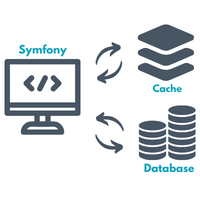
In today's data-driven world, efficient data management is paramount for any modern web application. Symfony, a popular PHP framework, provides developers with powerful tools and patterns to streamline data handling. Two key components that play a pivotal role in enhancing data management within Symfony applications are the Repository Pattern and Data Caching. In this article, we'll delve into these concepts, exploring how they work together to boost performance and simplify data access in Symfony projects.
